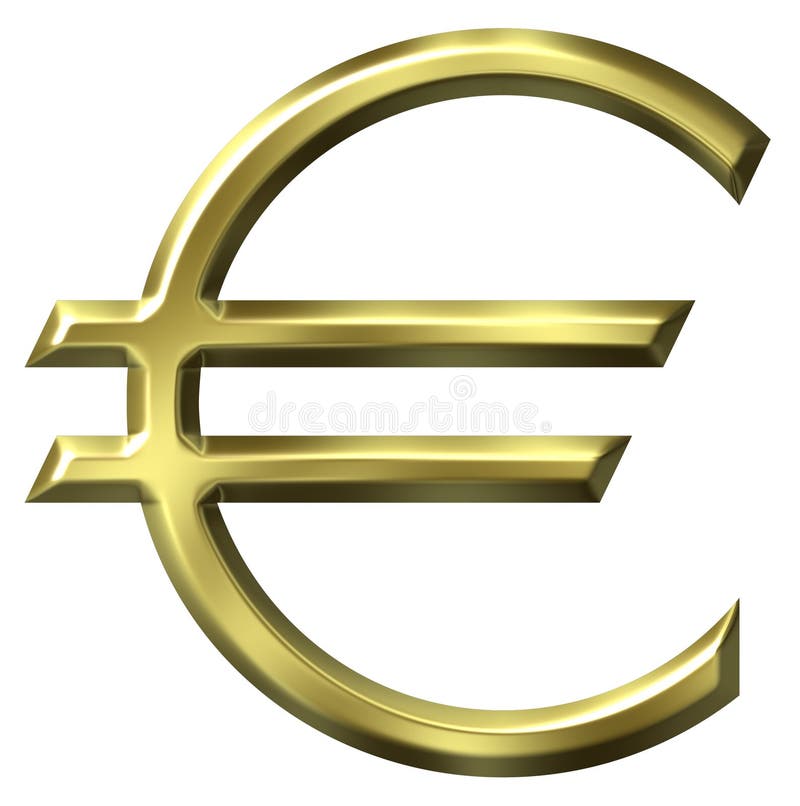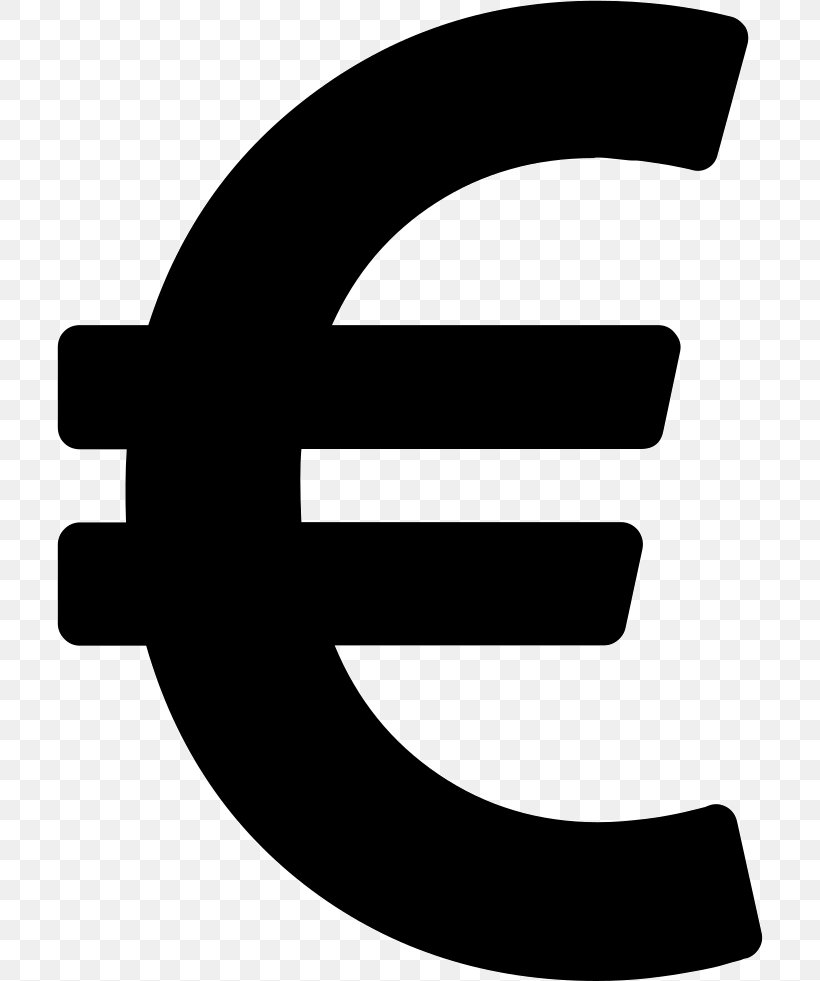All About: The Euro Sign () - History, Use, And Typing Tips
Ever wondered about the silent language of money, those symbols that instantly convey value and economic power? The euro sign () stands as a powerful emblem, not just of a currency, but of a continents economic integration and ambition.
The euro sign () is far more than a mere glyph; its the internationally recognized currency symbol for the euro, the official monetary unit of the Eurozone. This economic area comprises 20 of the 27 member states within the European Union. The euro, represented by this symbol, facilitates trillions of euros worth of transactions annually, shaping economies and influencing global finance. The design itself, unveiled to the public by the European Commission on December 12, 1996, was the culmination of meticulous planning and a desire to create a symbol that resonated with both history and progress. It needed to be easily recognizable, simple to reproduce, and carry the weight of the economic bloc it represented. The euro is subdivided into 100 cents, mirroring the structure of other major currencies like the US dollar, and playing a crucial role in everyday transactions across the Eurozone. The symbol has become synonymous with price tags, financial statements, and economic discussions from Dublin to Nicosia. The euro's journey began in 1999 as a non-cash unit, used primarily for accounting and financial transactions. It wasn't until January 1, 2002, that euro banknotes and coins were introduced into circulation, physically replacing legacy currencies like the Deutsche Mark, French Franc, and Italian Lira. This transition was one of the largest currency changeovers in history, involving complex logistical operations and significant public education campaigns. The introduction of the euro aimed to foster greater price transparency, reduce transaction costs, and promote economic stability within the Eurozone. Over the years, the euro has faced its share of challenges, including sovereign debt crises and debates over fiscal policy. Despite these hurdles, it has remained a cornerstone of the European economy, adapting and evolving to meet the demands of a changing global landscape. Its enduring presence is a testament to the resilience and underlying strength of the European project. The euro sign, therefore, represents not just a currency, but also the complex interplay of politics, economics, and culture that defines modern Europe. While the euro is primarily associated with the European Union, its influence extends beyond the borders of the Eurozone. Several territories and microstates, such as Vatican City, Monaco, and San Marino, have also adopted the euro as their official currency through agreements with the EU. Furthermore, Kosovo and Montenegro unilaterally adopted the euro, highlighting its appeal as a stable and reliable monetary unit. The widespread use of the euro has significant implications for international trade and investment. Businesses operating within the Eurozone benefit from reduced exchange rate risk and lower transaction costs, fostering greater economic integration and competitiveness. The euro also plays a prominent role in global foreign exchange markets, serving as a reserve currency for many central banks around the world. Its stability and liquidity make it an attractive option for investors seeking to diversify their portfolios and mitigate currency risk. As the Eurozone continues to evolve, the euro is likely to remain a central element of the European economic and political landscape. Its future will depend on the ability of member states to address outstanding challenges, such as fiscal imbalances and structural reforms, and to strengthen the foundations of the monetary union. The euro sign, in this context, serves as a constant reminder of the shared commitment to economic cooperation and integration that underpins the European project.
Currency symbols, in general, function as a kind of shorthand, immediately identifying a currency without the need for its full name. In financial contexts, especially, this conciseness is invaluable. While currency codes, like USD or EUR, are crucial for international financial communications and standardized by ISO 4217, they lack the visual impact of a symbol. The UK currency symbol, for instance, is (British Pound Sterling), while the symbol for the Japanese Yen is . Each symbol carries its own history and cultural significance. The dollar sign ($), for example, has origins tracing back to the Spanish-American peso, and variations of it are used for numerous currencies worldwide, including the US dollar, Canadian dollar, and Australian dollar. The benefits of using a currency symbol are clear: its quicker and easier than writing out the full currency name, particularly in settings like financial reports, price tags, or news articles. These symbols are not just about convenience; they also contribute to brand identity and recognition. A well-designed currency symbol can become iconic, instantly associating a product or service with a particular economy. Think of the Swiss Franc (CHF), or the Indian Rupee (). The use of currency symbols is not static, and new symbols are sometimes introduced or existing ones modified to reflect changes in the economy or to enhance visual clarity. The evolution of currency symbols reflects the evolving nature of money itself, adapting to new technologies and cultural shifts. In the digital age, the importance of having easily accessible and universally recognized currency symbols has only increased. E-commerce platforms, mobile payment systems, and online financial tools rely heavily on these symbols to facilitate seamless transactions across borders. The design of currency symbols also plays a role in accessibility. Clear and legible symbols ensure that individuals with visual impairments can easily identify prices and financial information. This is particularly important in public spaces, such as ATMs, retail stores, and public transportation systems.
- Best Ways Where To Watch Movies Online Streaming Guide More
- Movierulz Unblocked Find Alternatives Movie News Year
| Euro Sign () - Key Facts | |
|---|---|
| Symbol | |
| Official Name | Euro |
| ISO Code | EUR |
| Introduced | 1999 (non-cash), 2002 (cash) |
| Governing Body | European Central Bank (ECB) |
| Member States | 20 of 27 European Union member states |
| Origin of Symbol | Greek letter epsilon (), representing Europe and stability |
| Design Date | December 12, 1996 |
| Subunit | 100 euro cents |
| Keyboard Shortcut (Windows) | Alt + Ctrl + E, Alt + 0128 |
| Keyboard Shortcut (Mac) | Option + Shift + 2 |
| Unicode | U+20AC |
| Countries & Territories using Euro | Austria, Belgium, Croatia, Cyprus, Estonia, Finland, France, Germany, Greece, Ireland, Italy, Latvia, Lithuania, Luxembourg, Malta, Netherlands, Portugal, Slovakia, Slovenia, Spain, Kosovo (unilaterally adopted), Montenegro (unilaterally adopted), Vatican City, Monaco, San Marino. |
| Official Website | European Central Bank |
- Tausha Kutcher Ashton Kutchers Sister Life Career Family
- Sd Movies Point Is It Safe Free Movies App More
Euro Currency Symbol Icon PNG Transparent Background, Free Download

Euro Symbol Currency

Euro Sign Currency Symbol, PNG, 706x981px, Euro Sign, Black, Black And